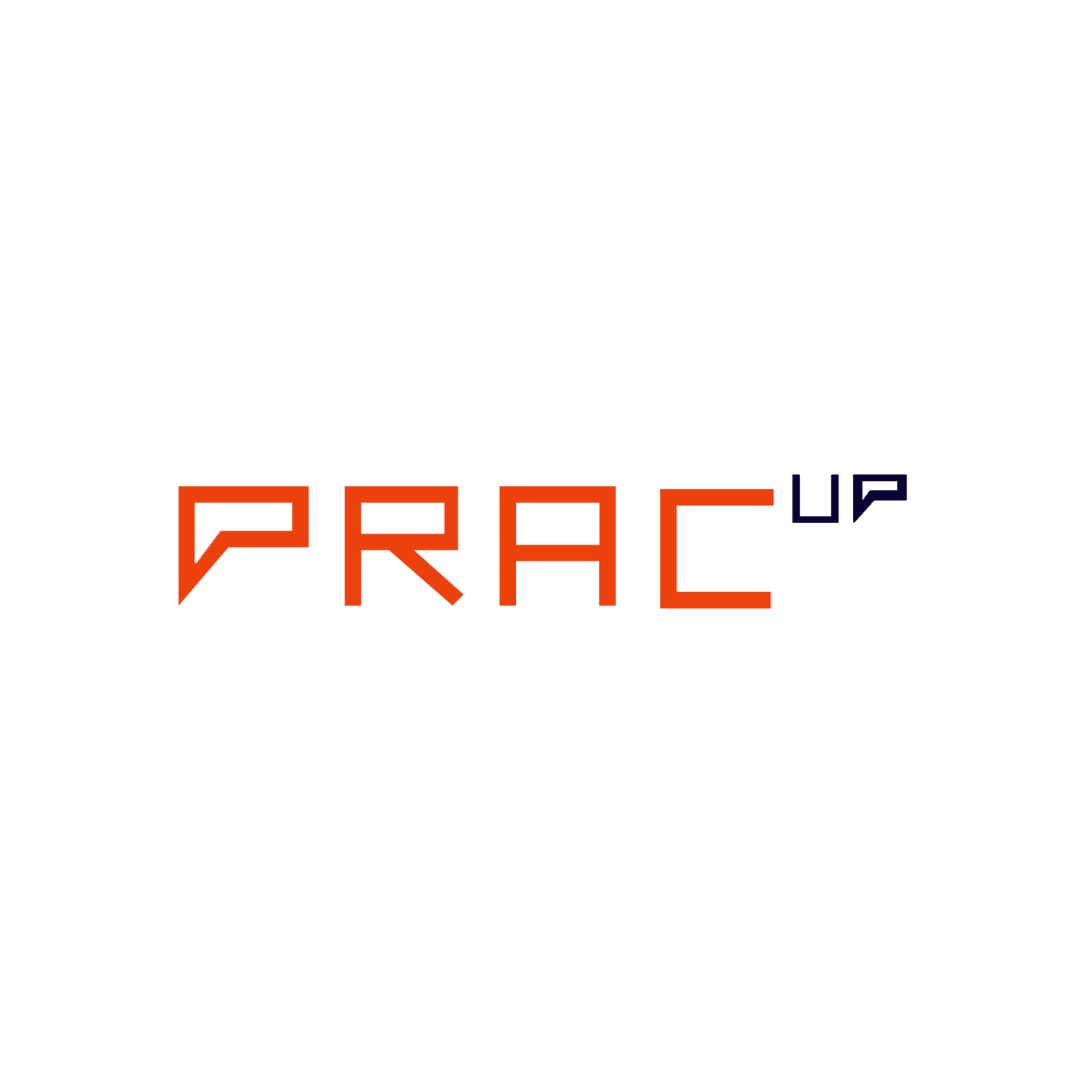What Is A Career Portfolio? Benefits And Steps To Make
Every professional has either achieved or worked on something which distinguishes them from others. While a resume might tell everything about you, a more credible way to set your first impression is to have a career portfolio. This underrated tool can assist you in making an impression in the tight job market by providing proof of who you are, what you have accomplished, and what you could add to their firm.
What is a career portfolio?
A career portfolio, also known as a job portfolio, employment portfolio, professional portfolio, or work portfolio, is a set of documents more detailed than a resume. It is a comprehensive collection of documents or information that may highlight your qualifications and skills. A portfolio includes everything which explains your professional journey, like resumes, projects undertaken, cover letters, reference sheets, and a summary statement.
A professional portfolio can also demonstrate your accomplishments during a performance review. You can either submit your portfolio during the application process or bring it during the interview. If you present your portfolio during the interview, you will be able to explain its various components to the companies. For example, you could describe a prize you won for a project you supervised. While many jobs do not require you to submit a portfolio, having one also helps you stand out.
So, the benefits of having a career portfolio are:
1) Provides credibility to the employer
2) Explains your achievements in detail
3) Employers get a sense of how you work
4) Sets you apart from other candidates
5) Displays your progress in your career
What to include in a career portfolio?
1) A short bio
A biography describes who you are, what you have done in the past, and your future goals. It should be among the very first things of your career portfolio, as it tells the employer who you are. The bio talks about your personality and develops a human connection. The summary should not be more than 5-7 lines, otherwise, the reader might lose interest. It should also have some facts and figures, like the number of years you have worked in this field, your hobbies, and the number of projects handled. It should be such that it convinces the reader to read more.
2) Mission Statement
A mission statement describes what motivates you in your job and how you want to contribute to the field or industry with your skills and abilities. Your mission statement could explain why you chose a particular field or how you've grown as a professional. It helps demonstrate to potential employers why you are passionate about your subject. It provides the recruiter with insight into your value system.
3) Career Goals
A career goal focuses on where you want to go and what you want to achieve in the future. It is like the expectation you set for yourself. Mentioning your career goals gives the employer an insight into your plans and how well they align with the company. The goals should reveal your aims and where you picture yourself in the next five to ten years. Especially if you are an experienced worker, you should highlight your professional ambitions, even if they are about strengthening your current skills.
4) Résumé
Include a current version of your resume in your career portfolio. Even if you have already sent your résumé with your application, it is important to put it here. Your work experience, education, and personal achievements should all be there in your résumé. The résumé should be one page long and formatted in either functional or chronological order.
5) Skills and Abilities
Every job or project you undertook added some skills to you. Mentioning the skills and abilities which you have developed over the years shows the employer how well you fit the job and what will be your value addition to the organization. These skills and abilities help you develop a personal brand. While mentioning the skills, you can give examples of real-life scenarios. Some skills that you can mention are:
- Punctual
- Self-disciplined
- Time management
- Multi-tasking
- Leadership
- Critical thinking
Also, never lie about your skills and abilities as they can put up relevant questions, which can put you in trouble, and you may lose the opportunity.
6) Samples of Work
The purpose is to show potential employers the actual papers, reports, articles, studies, presentations, projects, and so on that demonstrate why you are an ideal candidate for the job. Add work samples that support the skills and abilities you mentioned earlier. Mention, for example, how you managed a sales team in a previous position and how it enhanced your leadership skills. Also, don't forget to discuss how a specific project or client deal assisted you in obtaining a promotion.
If you do not have a lot of employment experience, you can use what you've done for schools, clubs, or other organizations.
7) Accomplishments
This section shows the important milestones of your career journey. It is one of the most significant sections because it represents your worth and how you can turn out to be an asset to the company. Make a table of all the accomplishments and mention the name for which you received the award. Mention academic honours, scholarships, or employee of the month awards and other achievements and expand on in this part by explaining the reasons.
8) Reference List
A list of professional references that can authenticate the skills and achievements you have outlined in your career portfolio, should be included in your career portfolio. Persons who can provide testimonies include professors, faculty coordinators, community leaders in volunteer settings, and prior employers.
Steps to making a career portfolio
1) Gather the material
The very first step is to gather all the materials which are to be included in the career portfolio. Start preparing the bio, list of skills and achievements, resume, and other things mentioned above. Use the most recent and relevant information and examples.
2) Organize everything
Once all the material is ready, it is time to organize it. Organizing everything in order helps the employer to find relevant information easily. It's a good idea to start with your bio, professional goals, résumé, and skills list, and then arrange the rest based on what you believe is most significant. Finally, categorize the rest of the material in a logical order. For example, you can organize your work samples from most recent to oldest so that employers can track your progress. You can also make a table of contents page to make navigation easier.
3) Make it visually appealing
While arranging the data, you can follow a professional theme to make the portfolio appealing. The following tips will help in maintaining consistency:
- Choose an easy-to-read font
- Check that the margins match
- Maintain uniform line spacing
- Every section heading should be highlighted
- Make sure there is enough white space
Also, another way of having a visually appealing portfolio is to get an online portfolio. It is a great way to represent your information as it is easily accessible to a large audience and also looks presentable. You can make your portfolio look like a slide show by including images and infographics. You should also insert a link to your online portfolio on your CV, professional networking profiles, and email signature.
4) Customize job portfolio as per job roles
Once the basic draft of the career portfolio is ready, customize it as per the different job roles you are applying for. Because different job postings often have distinct needs, you can modify your portfolio to what each employer requires. For example, if you are applying for the job of a marketing head in two different sectors, like pharmaceuticals and FMCG, then the portfolio has to be modified accordingly.
5) Proofread the career portfolio
Once you have completed your portfolio, modify and revise it as necessary. Check that all the data is updated in the correct order and read to rectify the grammar, spelling, and punctuation errors. Read it thoroughly to see if your writing flows effortlessly and make the necessary changes. Consider upgrading your professional portfolio at least once a year. You can also edit anything that has changed since the last time you looked at it, such as your objectives or career.
Conclusion
As professionals, we should always try and be ahead of others in this competitive market. A career portfolio gives you an edge. You might feel that you have not achieved as much as your peers, but presenting your achievements and career journey by preparing a job portfolio can give you an edge. Go and use these tips to make your job portfolio.
PracUp is a learning app which emphasises providing courses to deal with situations. We do not just provide the classes but practice with them one-on-one to give them a real-time experience to help them master the skill. We have different levels for students, professionals and organizations. Book your demo session today and be a part of the PracUp team.


